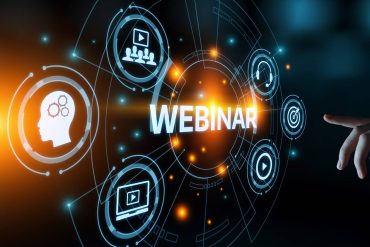
Advancements in Structural Monitoring with Antelope
Featuring Kent Lindquist, Boulder Real Time Technologies, Inc.
Understanding the impact of ground motion on your structures is critical to the decision-making process, especially during emergency situations or in regulated industries. Engineers, regulators, and operators must maintain an informed understanding of how technological innovations can benefit the efficiency and safety at their facilities.
In this session, special guest speaker, Dr. Kent Lindquist, will explore the advancements in structural health monitoring, highlighting the capabilities of the Antelope Environmental Monitoring System.
This informative webinar and Q&A session will focus on the functionalities of the Bighorn monitoring tools and how the integration of Antelope and Bighorn enhances the Kinemetrics Condor product, ensuring continuous safe operations within the Nuclear Power Plants industry.
Additionally, Dr. Lindquist will outline future development directions, focusing on the potential for integrating structural health monitoring with regional seismic monitoring for improved safety and resilience.
